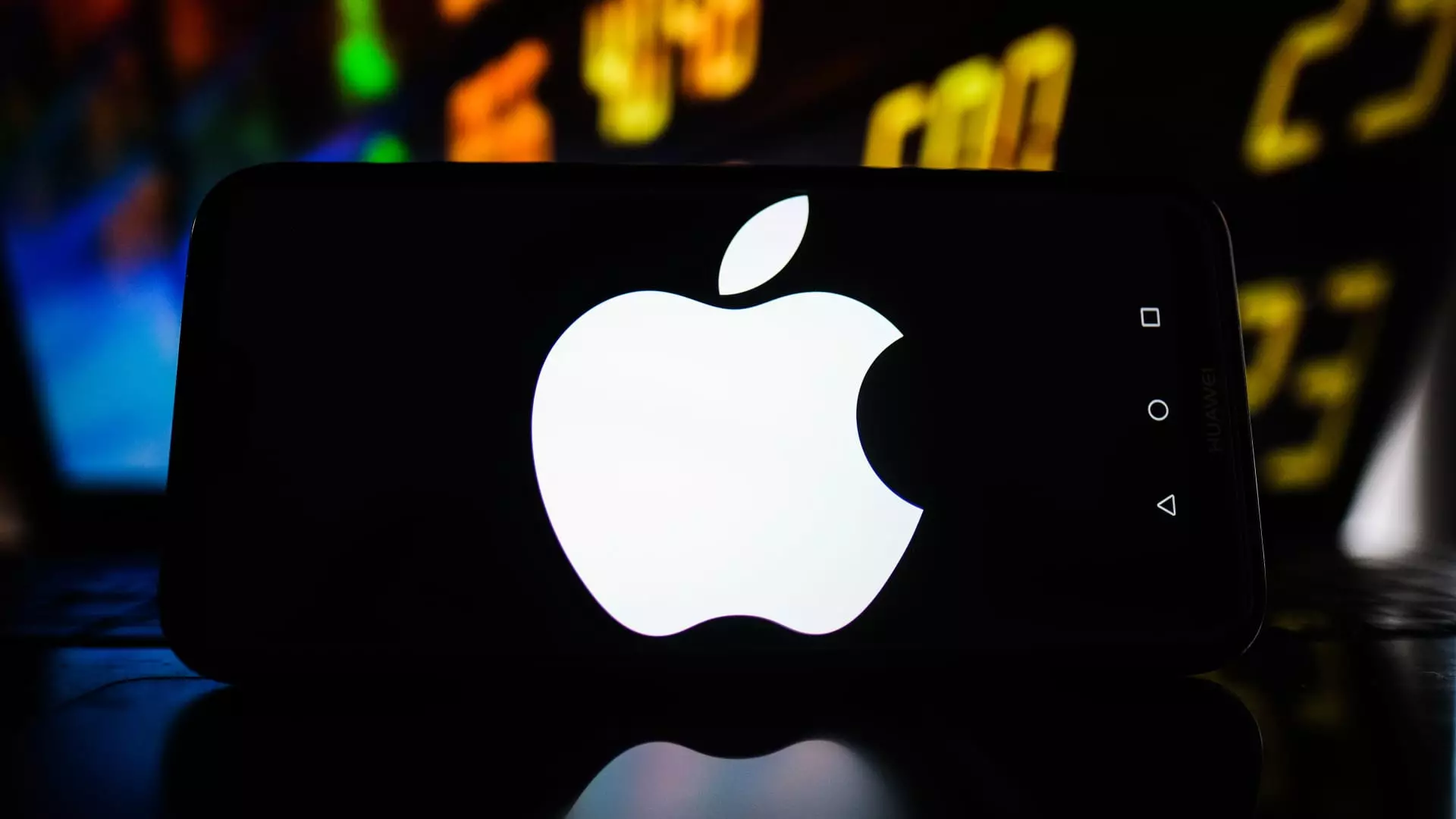Apple’s September launches have become a storied event in the tech landscape, capturing the attention of analysts, investors, and fans alike. As we edge closer to the anticipated product unveiling on September 9—set to feature the iPhone 16 and updates to the Apple Watch—there is palpable excitement tinged with caution. Recent market trends and analyses reveal a complex picture of investor behavior and product performance that merit close examination.
Traditionally, September poses a challenge for Apple investors. Despite the robust enthusiasm leading up to product releases, the company’s stock tends to exhibit notable dips during this month. FactSet’s analysis indicates an average loss of about 3.5% for Apple shares over the past decade in September. This decline is particularly interesting, given that it often follows a buoyant July and August, where the shares have historically seen gains of 6.5% and 4.8%, respectively. The stark contrast between pre-launch optimism and post-launch performance raises questions about consumer behavior and market sentiment surrounding the company’s offerings.
The paradox of “sell-the-news” behavior appears to hold firm, where investors seem to capitalize on potential peaks only to experience a decline as the product is officially announced. Erik Woodring of Morgan Stanley suggests this pattern might persist, but he remains hopeful for an upward trend post-launch of the iPhone 16, particularly due to the expected integration of Apple Intelligence, which could generate significant public interest and demand.
Diverging analyst opinions highlight the uncertainties and potential ramifications of the September launch. Morgan Stanley maintains a bullish outlook, viewing the upcoming announcements as catalysts that could stimulate iPhone sales and bolster overall stock price performance. Woodring anticipates a contraction in the replacement cycle for iPhones through fiscal 2026, implying a longer-term resurgence in demand for Apple products, especially if they integrate cutting-edge technology such as artificial intelligence.
Conversely, UBS’s David Vogt adopts a more guarded stance, citing low consumer purchasing trends in August as a precursor to potential risk surrounding the September launch. His neutral rating reflects skepticism about the ability for upcoming models to dramatically outperform previous iterations in terms of sales, particularly when the Apple Intelligence feature is still in beta stages and has limited accessibility in crucial markets like Europe.
Understanding consumer behavior during the back-to-school purchasing season is critical. With a significant share of revenue—approximately 46%—derived from iPhone sales in the third fiscal quarter, analysts are keenly observing market movements. Vogt’s commentary on potential sell-through figures reveals the challenges that Apple may face; he suggests that for Apple to meet sales estimates, it would require an extraordinary bounce in demand from previous months.
This hesitancy can create a ripple effect among investors, as the reaction to quarterly earnings release might be influenced not just by unit sales numbers, but also by broader economic indicators and consumer sentiment. If the typical trends hold, investors may tactically adjust their portfolios in anticipation of lower-than-expected growth following the launch cycle.
As the September launch date looms, Apple finds itself at a crossroads of potential. The combination of innovative product features through the integration of artificial intelligence alongside historical trends of stock performance presents an intriguing dichotomy. While Morgan Stanley expresses optimism, affirming Apple’s ability to drive renewed consumer interest via technological advancements, UBS reminds us of the market’s inherent unpredictability and the risks that accompany upcoming launches.
As we prepare for a pivotal moment in Apple’s trajectory with the iPhone 16 launch, the analysis reveals a narrative marked by cautious optimism. The stock’s history of September declines juxtaposes against newer innovations that could reinvigorate the market presence of Apple products. Observers and investors alike will need to navigate this complex landscape carefully, assessing both the immediate impacts of the product release and the long-term implications for Apple’s market strategy.


Leave a Reply